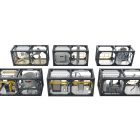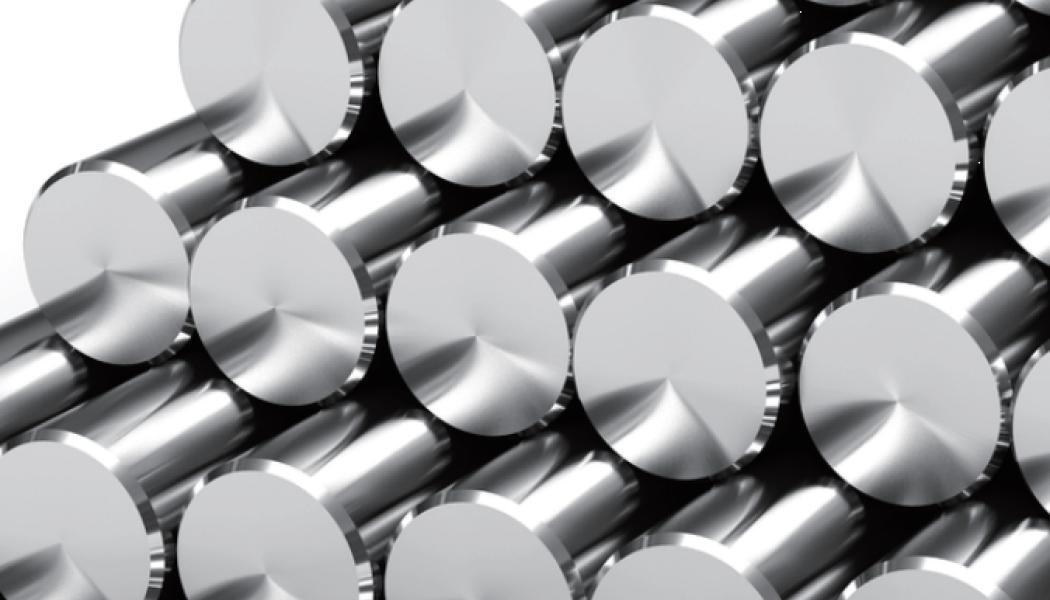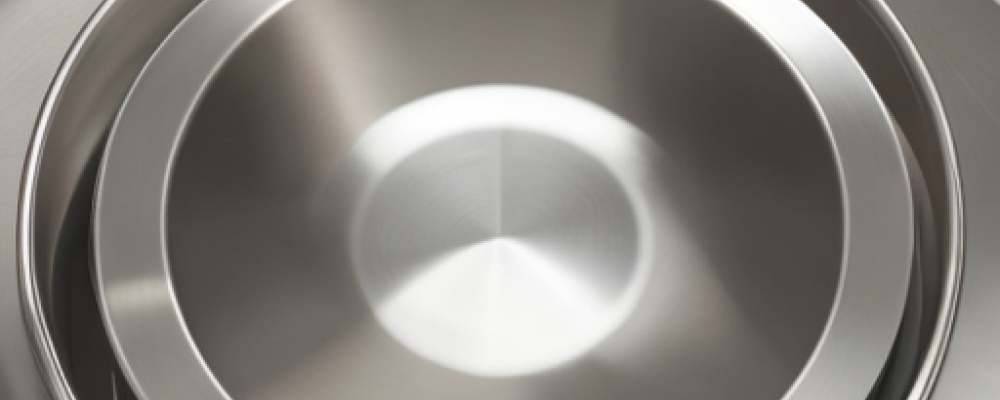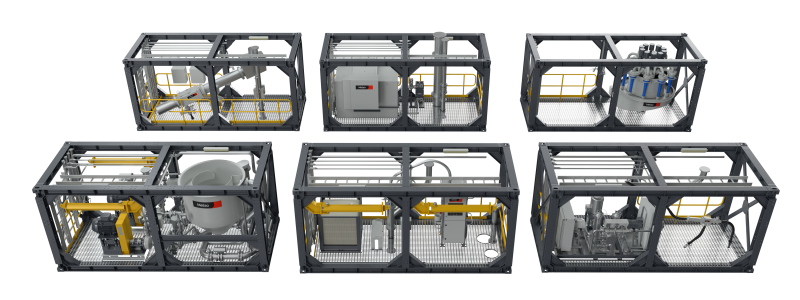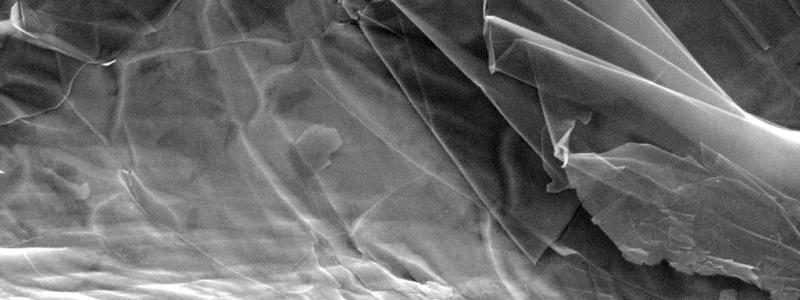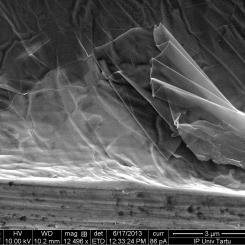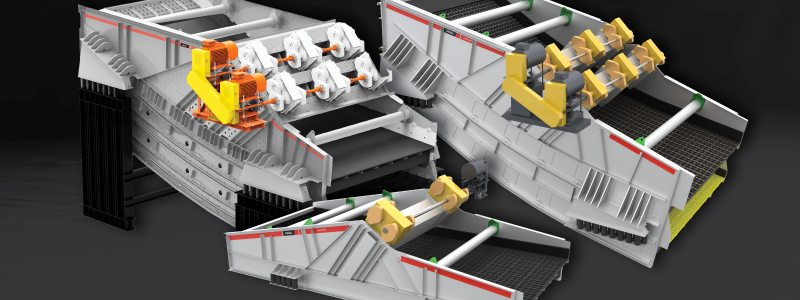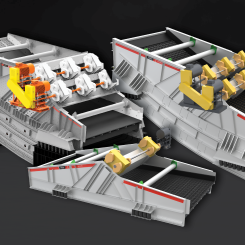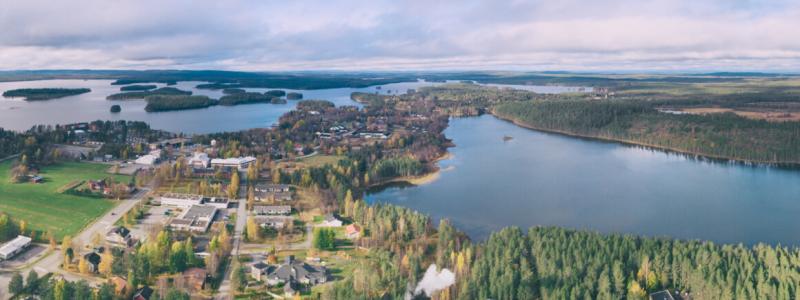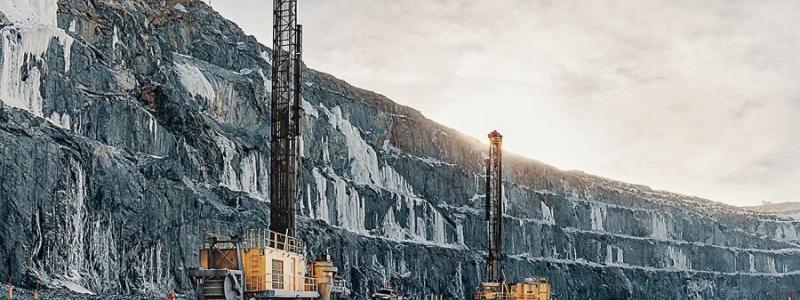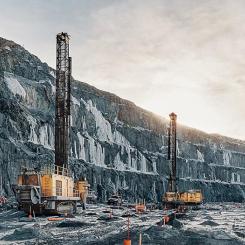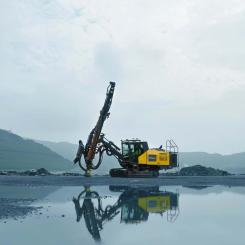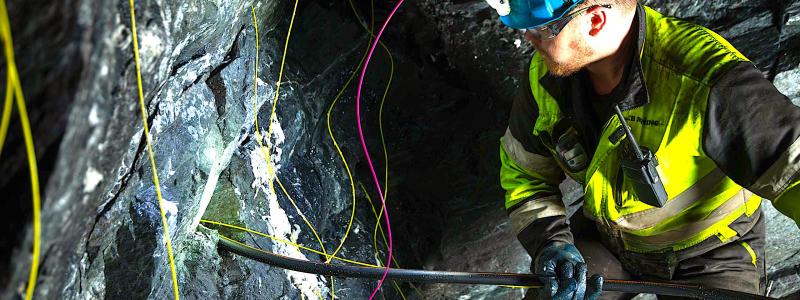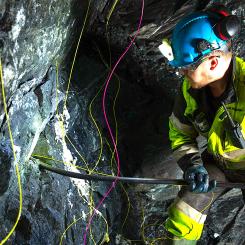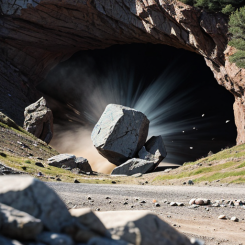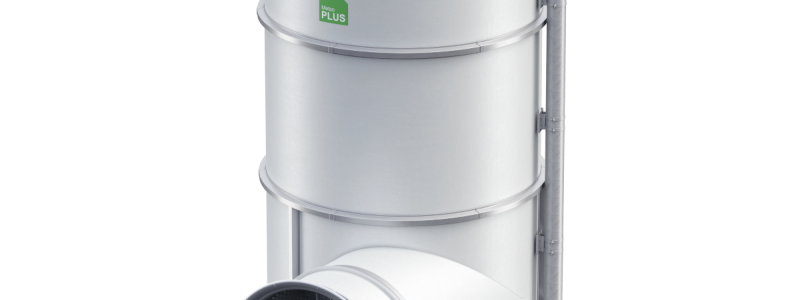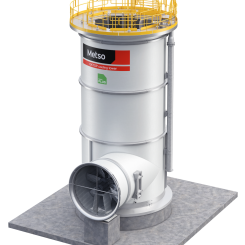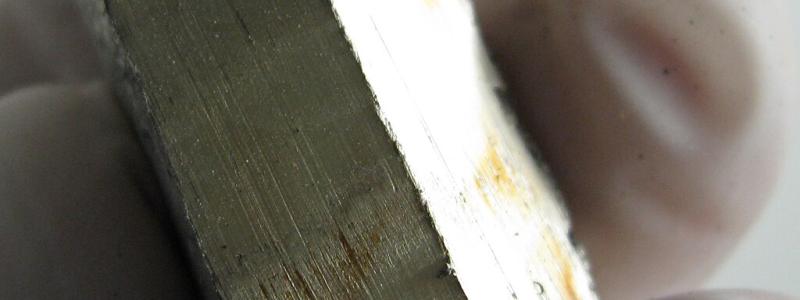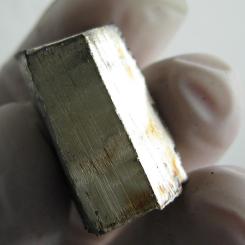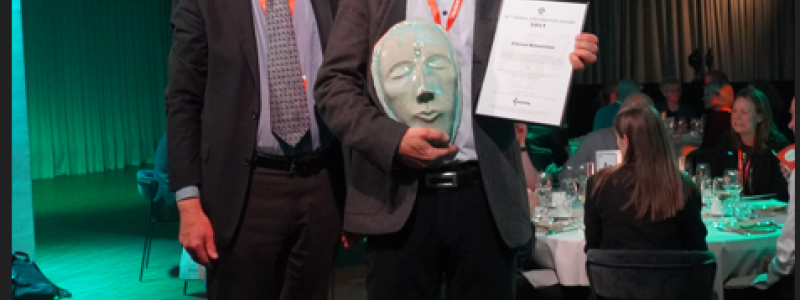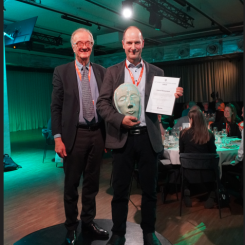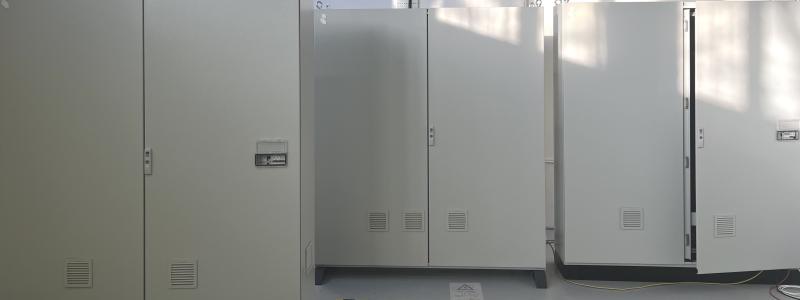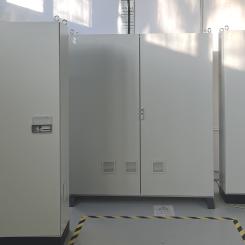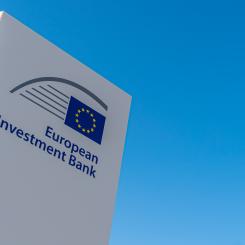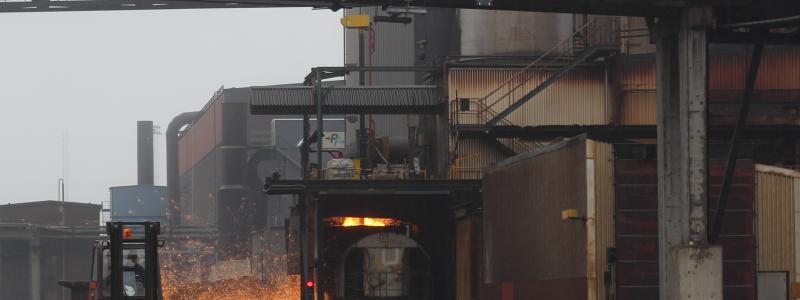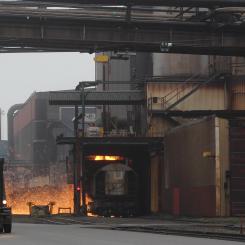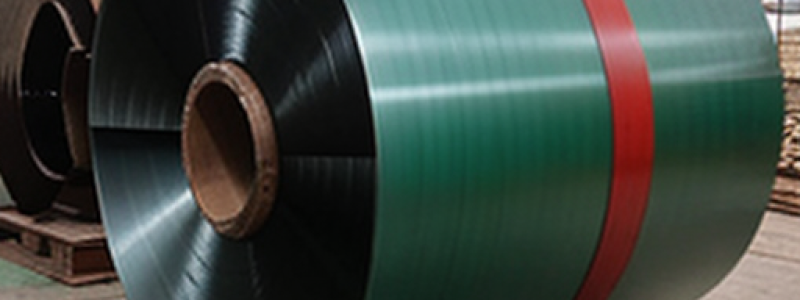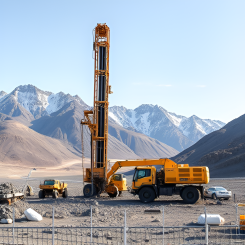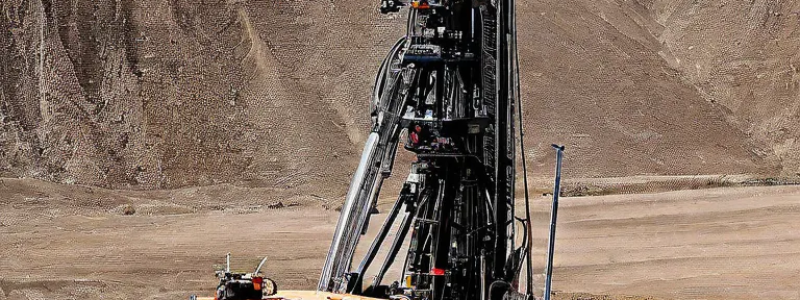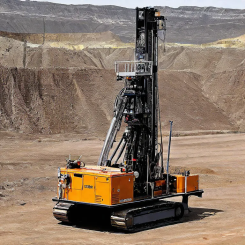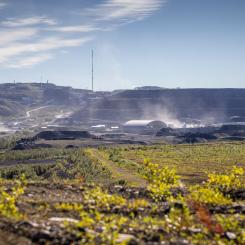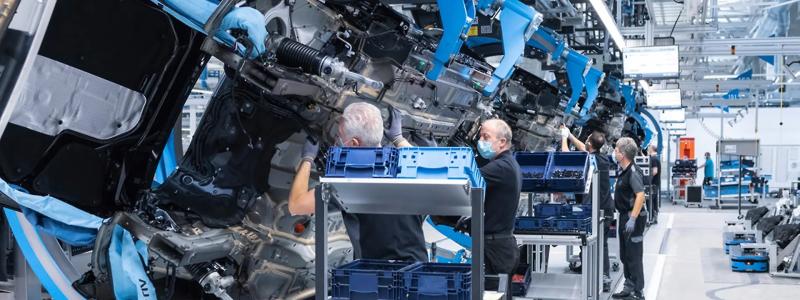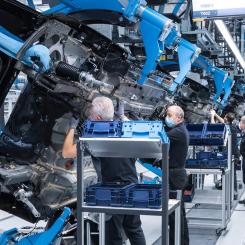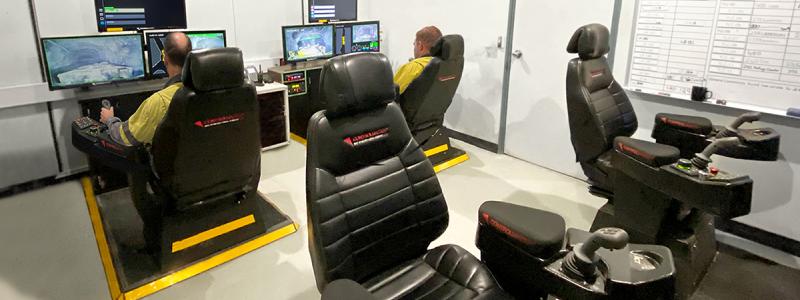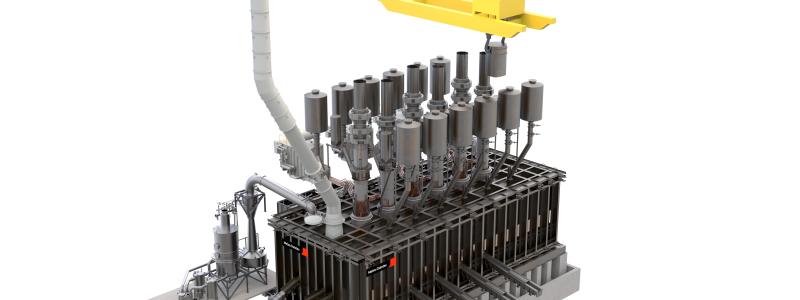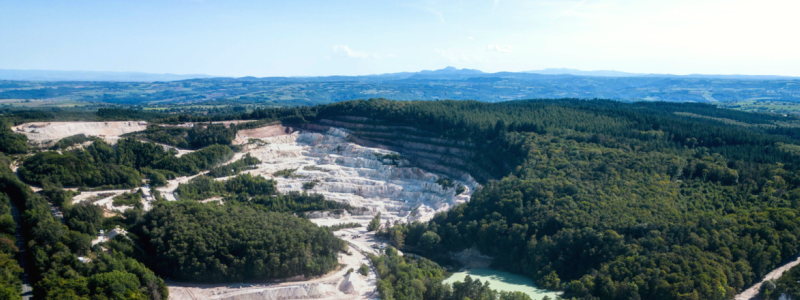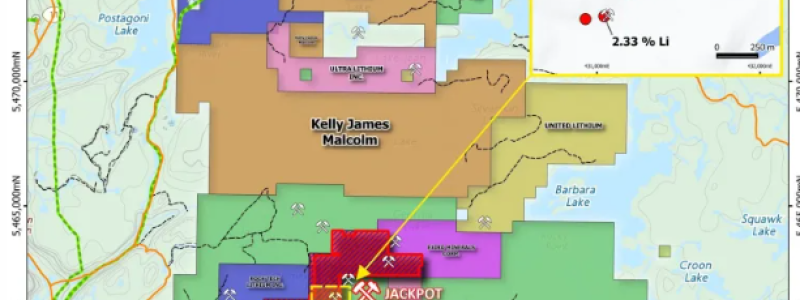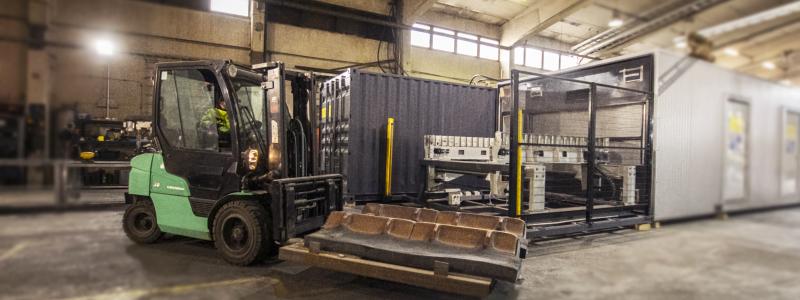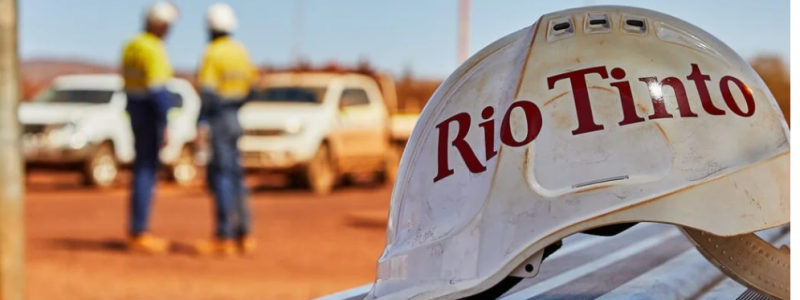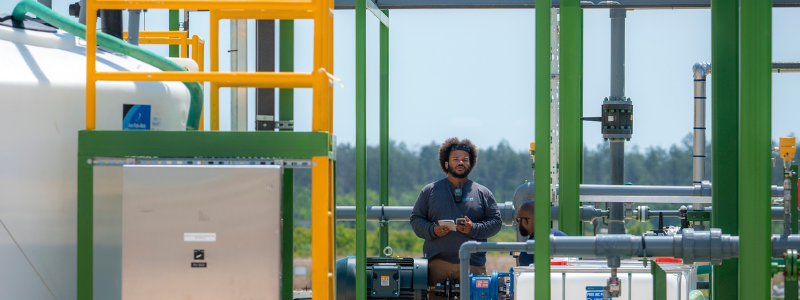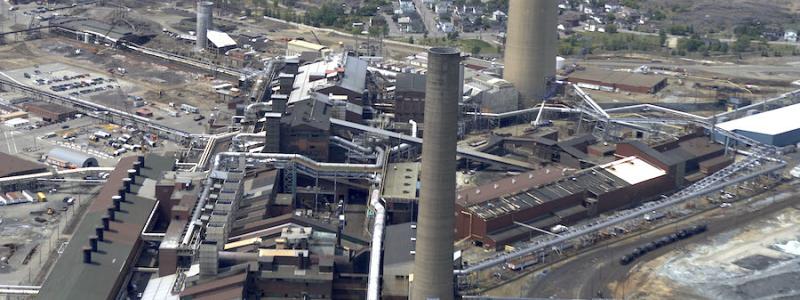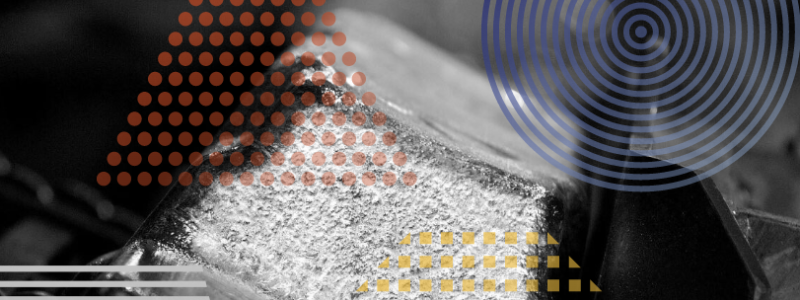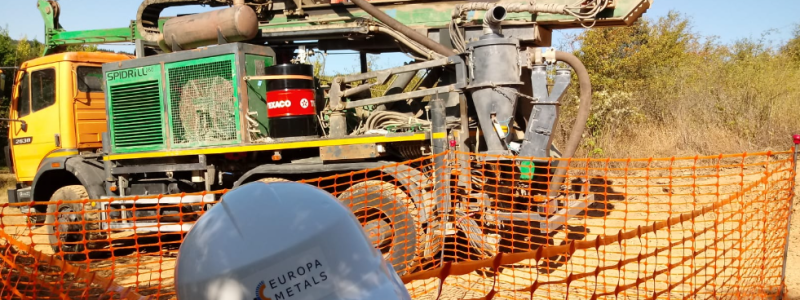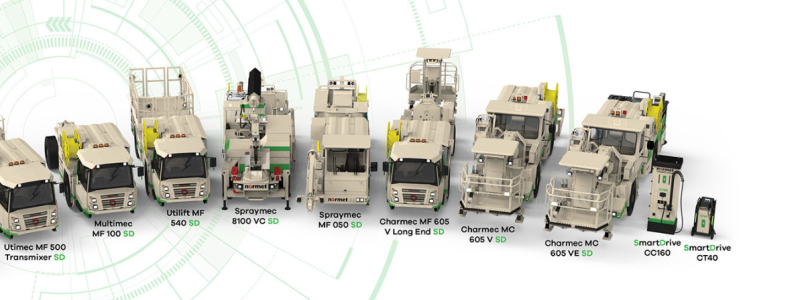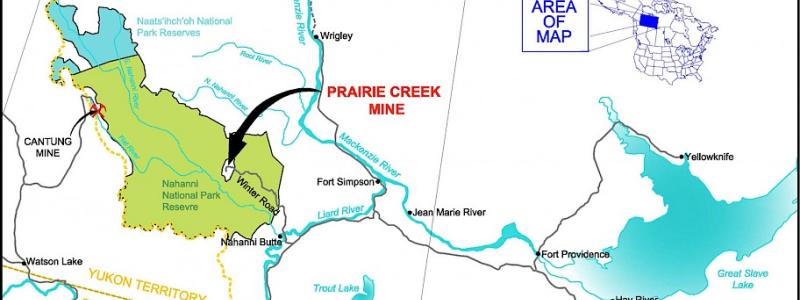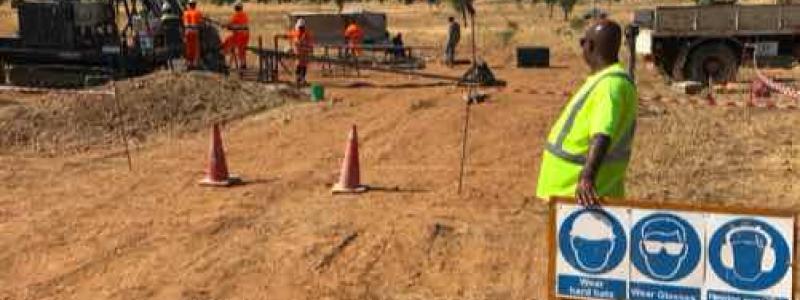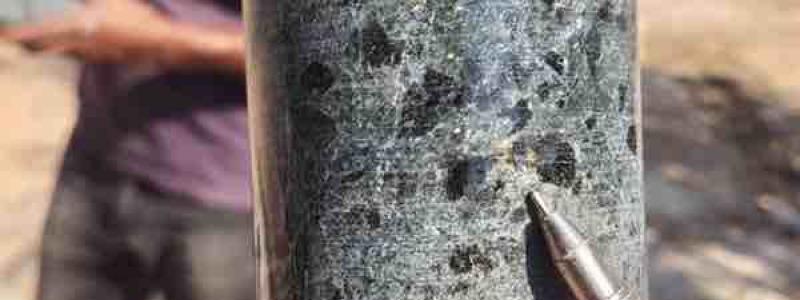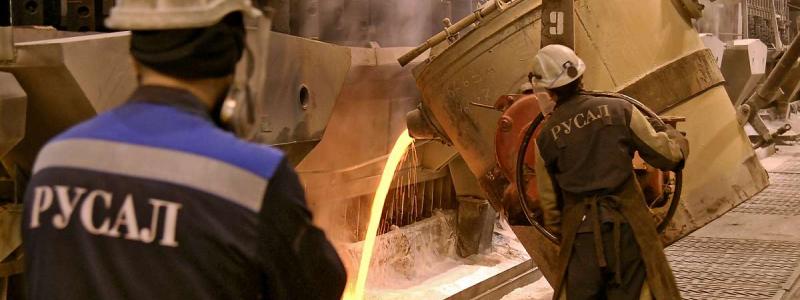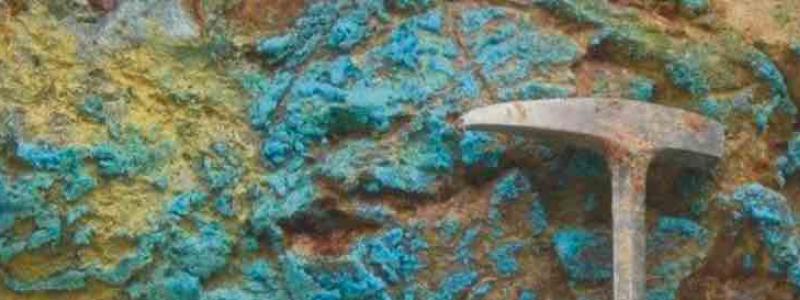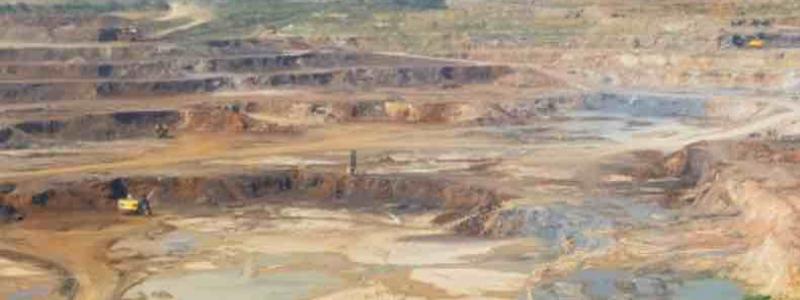ABB has published a report that explores how the steel industry can become free from fossil fuels.
The report "What does the journey to fossil-free steel look like?" evaluates carbon capture, hydrogen and electrochemistry as methods to decarbonize steel production. It highlights new technological advances and approaches in Brazil, China, India, Sweden and the USA – countries leading the way towards fossil-free steel.
The report includes insights from leading steelmakers such as SSAB, Tata Steel and Aperam, and experts from the American Association for Iron and Steel Technology and ABB.
ABB's report discusses challenges to decarbonisation, including costs, the complexity of transitioning to lower-carbon technologies and the availability of hydrogen, clean electricity, high-quality iron ore and fossil-free coal and lime.
Six complex sectors
Steel production is both carbon dioxide and energy intensive and is considered one of the six sectors from which it is most difficult to reduce emissions. The steel industry accounts for around 8% of the world's energy needs and generates between 7% and 9% of CO₂ emissions, mainly from burning fossil fuels.
The HYPRIT
The HYBRIT technology being tested in Sweden by SSAB, state-owned LKAB and Vattenfall to produce steel with green hydrogen and fossil-free electricity from LKAB's mines instead of coking coal;
Aperam, supported by the ResponsibleSteel™ association, uses charcoal from its FSC®-certified forests in Brazil as a renewable alternative to coal-based coke in steelmaking to significantly reduce CO₂ emissions and eliminate the use of extraction coal;
Tata Steel's HIsarna process in India uses powdered feedstock instead of processed ores such as coke, sinters or pellets to make liquid pig iron. It can reduce emissions by up to 20 per cent compared to the traditional blast furnace-basic oxygen furnace (BF-BOF) method.
Digitization for collaboration
ABB emphasizes the importance of digitization for collaboration and optimization of resources and energy management, as well as traceability to hold organizations accountable to emissions targets. The report presents actions that steelmakers can take now to reduce carbon dioxide in the short and medium term and steps to collaborate with suppliers and partners towards a fossil-free steel future.
To read ABB's report, visit ABB's website.





